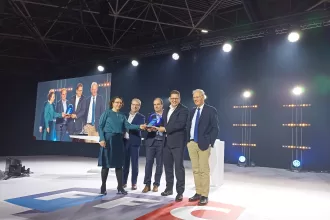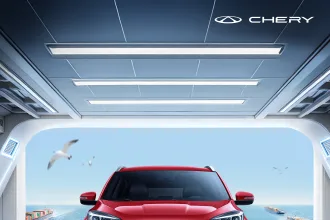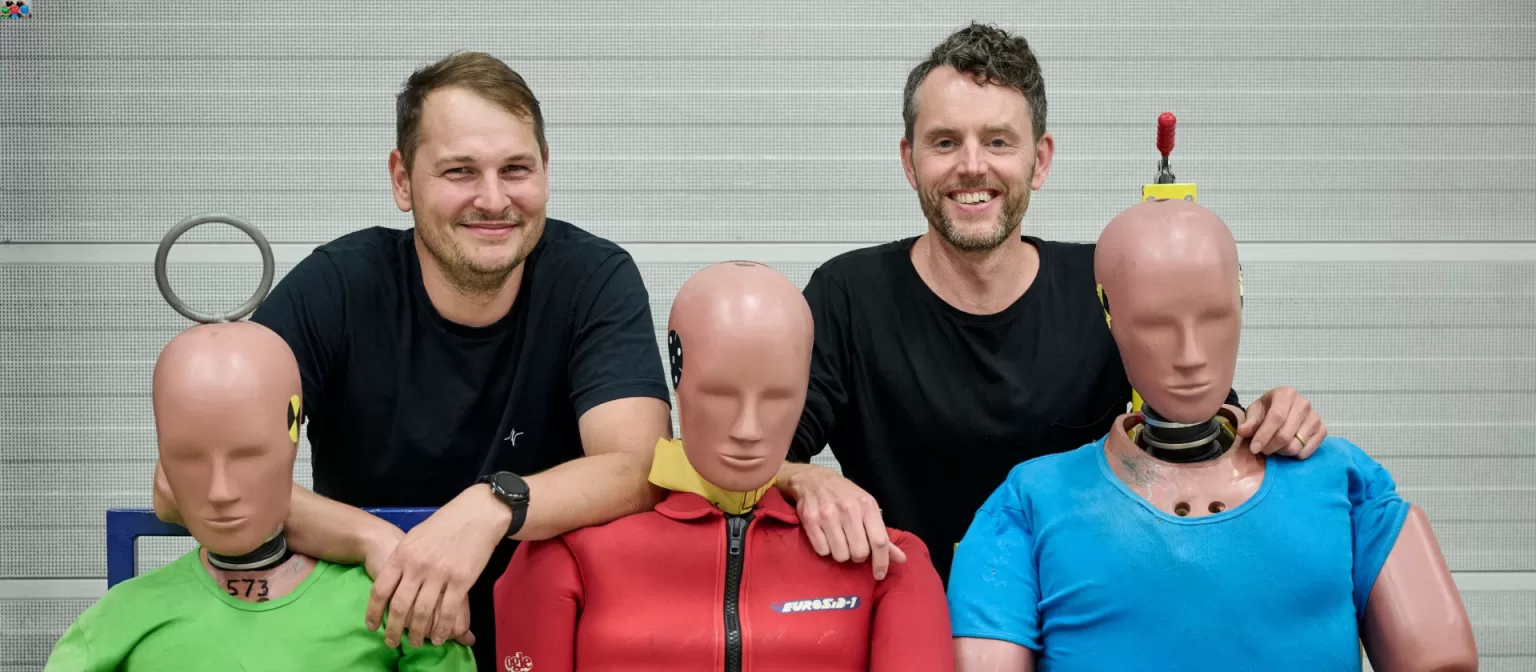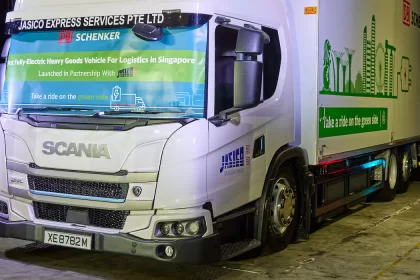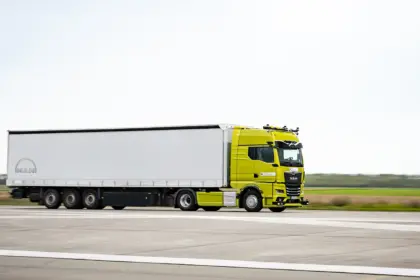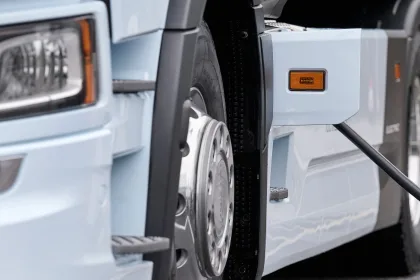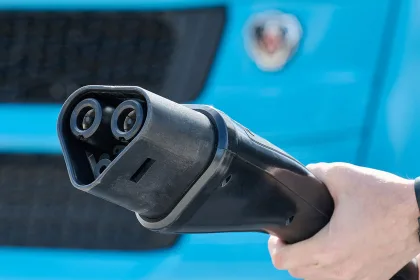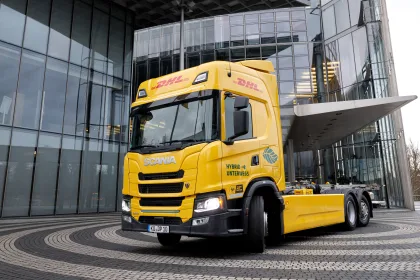A crash test with a battery-electric vehicle, has been jointly performed by Scania and MAN. It shows a good example of a collaborative project within the TRATON GROUP. Now the journey continues as the initiative opens up for more synergies.
“The joint test, where Florian Wilke from MAN lead the crash test with a Scania truck, has created a stable platform for a closer cooperation in the complex field of heavy electric vehicle testing,” says Mikael Littman, Head of Mechanical Testing at Scania.
The area is relatively new for all manufacturers in the industry, and there is a big need for test data. This new battery electric vehicle type, entail new crash safety risks and accident statistics are used to set internal requirements.
Expertise is precious
There are not many crash test experts in the heavy vehicle industry. Fortunately, there is important competence at both MAN and Scania, and the cross-brand collaboration has been built up over a number of years. But now the experts have started to work together more systematically. The exchange has already enriched both companies within the TRATON GROUP, and the road is set to further deepen the collaboration and the sharing of unique experiences.
Great collaboration
“The collaboration has worked superbly,” says Dan Loftén, who is Expert Engineer in crash safety and team leader for the crash safety testing at Scania. “We are grateful for the expertise we have had access to from the MAN team, and with Florian’s professional guidance in this latest test”.
MAN’s experienced crash test engineer Florian and his manager Stefan Guserle, have made a number of visits to his colleagues at Scania in Södertälje during the past year’s preparations. Scania’s engineers have also been invited to overlook crash tests with MAN’s vehicles in the corresponding heavy segment.
A closer look
Last year, Florian was invited to lead a crash test with the latest generation of Scania’s battery-electric trucks. Both teams were represented on site at the TASS International crash testing facility near Eindhoven in The Netherlands. They wanted to closely examine and document what happens to the truck in the event of a collision, as well as how the test was performed.
“Even though our brands have different products, we are interested in studying the same parameters. But we have slightly different systems and methods and it has been a very instructive exchange for both of us. We have worked together in a very transparent manner, which have been both pleasant and successful,” says Dan.
Growing trust
Advanced crash tests are usually surrounded with great integrity amid competing manufacturers, as they provide a close-up view of sensitive brand-specific designs. But in this collaboration, the focus has been on finding common processes, methods and documentation of tests, which is beneficial for both parties. Trust has grown along the way as the engineers now work more closely together.
“Since our managers Stefan and Mikael have initiated a closer collaboration around the tests initiated last year, we have gotten to know each other well and treat each other as equal colleagues,” says Florian.
Meeting weekly – and more
For the past year, engineers from both groups have met in weekly updates, working with the very meticulous preparations that a test like this requires. ”But we speak more in between meetings and have a great communication, it doesn’t have to be so formal,” says Dan.
Sharing test experience
The number of independent test facilities are very few, and MAN and Scania have previously done several of their crash tests at different sites. These experiences have now been shared more closely between the teams, and the knowledge about each other’s methods and systems have increased.
New technologies
The recent test was carried out with a two-axle battery-electric tractor from Scania, which is one in a series of tests especially developed for the new battery-electric heavy vehicles. What is new is above all that battery vehicles are equipped with heavy batteries and high-voltage components. Their common ambition is on maintaining a safe vehicle status, in the event of an accident – and what this could mean for people in the vehicle, other road users and for rescue teams.
Real data is crucial
Many vehicle tests can today be simulated by computers, but a physical crash test in a controlled environment is a crucial reality check for validating data. The results serve as valuable input to reality-based simulation programs.
Crash to future-proof safety
Regarding vehicle safety, Scania and MAN are far ahead regarding traffic legislations. In addition, both need to be proactive towards pending legal requirements for heavy battery vehicles, in order to drive the shift towards more electric vehicles. This growing collaboration will increase the ability and probability to do so.
“Now that we have worked so closely together for the past year, we have further improved the synergies between our crash-testing departments. It saves both time and resources. We’re not exactly running a cheap business when we destroy our fine trucks, but it ultimately results in safer vehicles for our customers and other road users,” says Dan.

